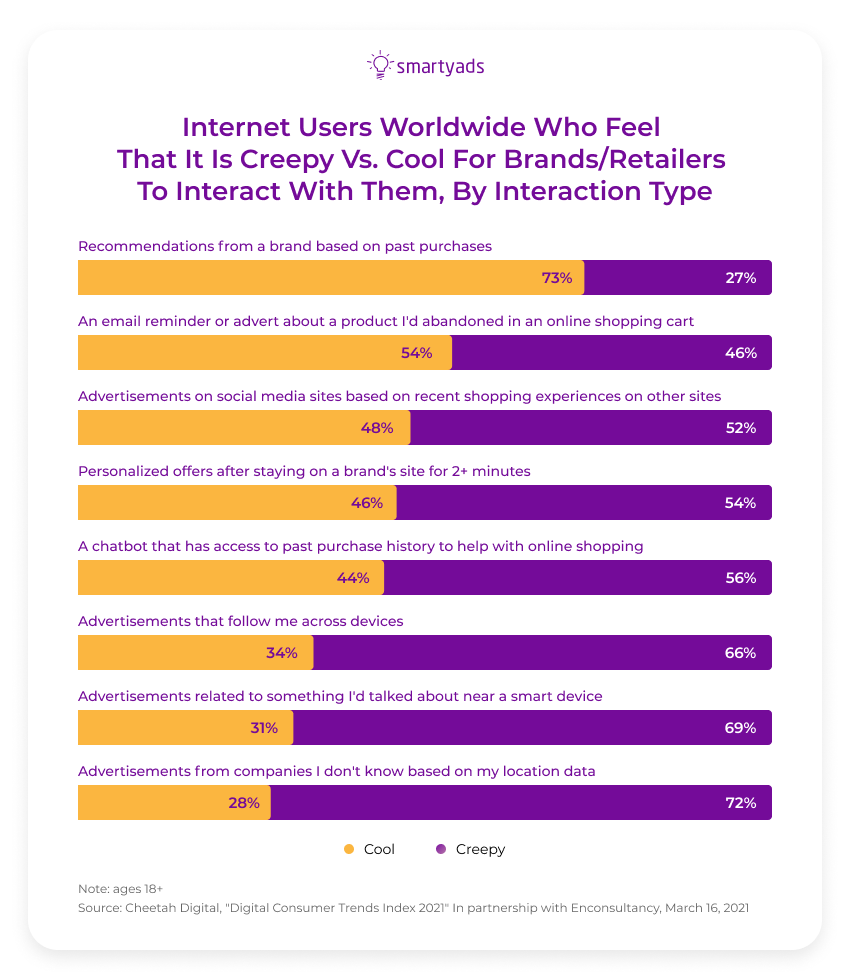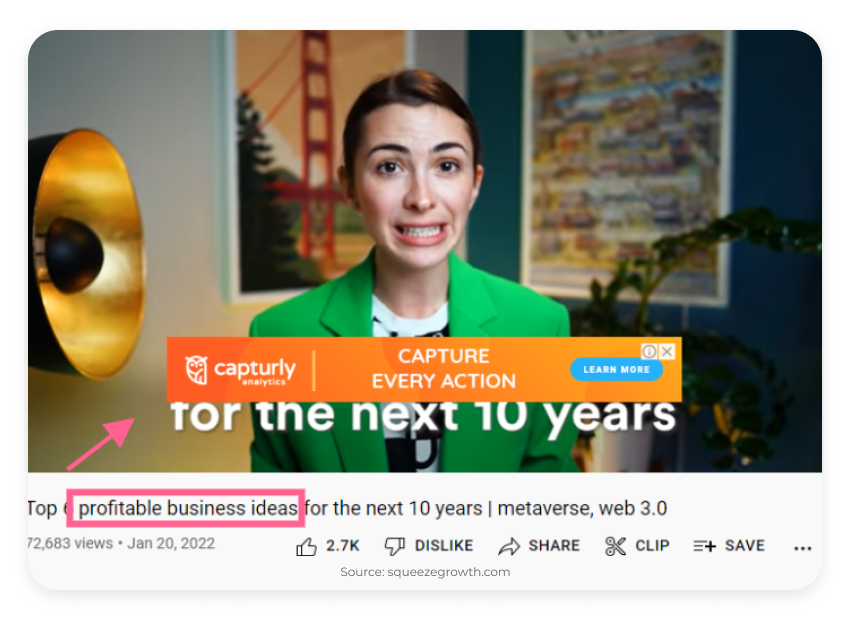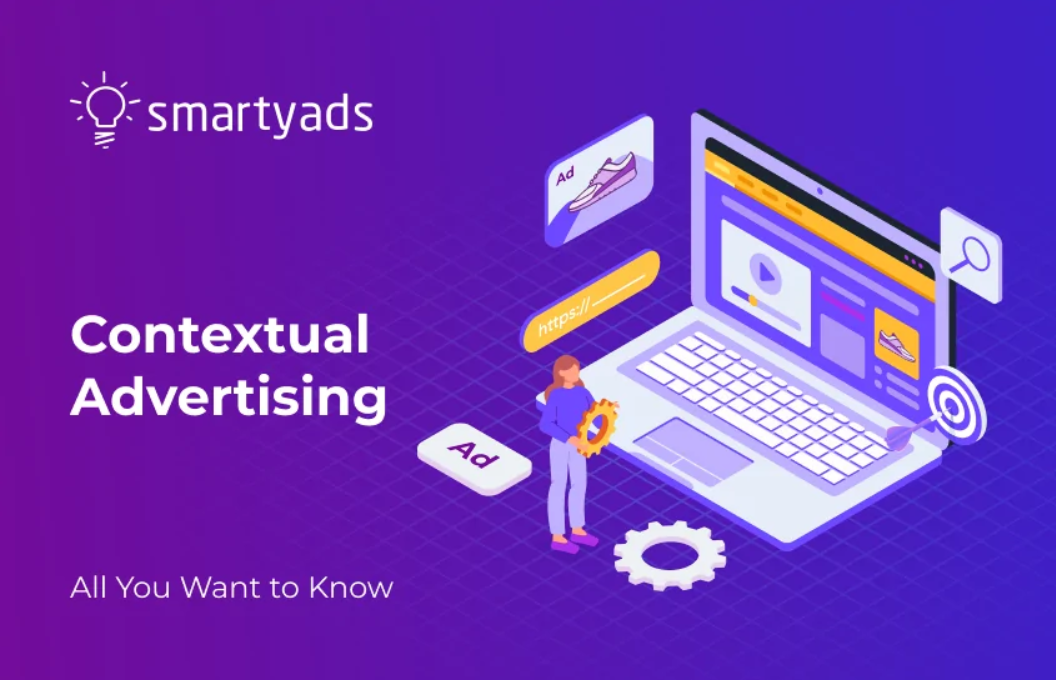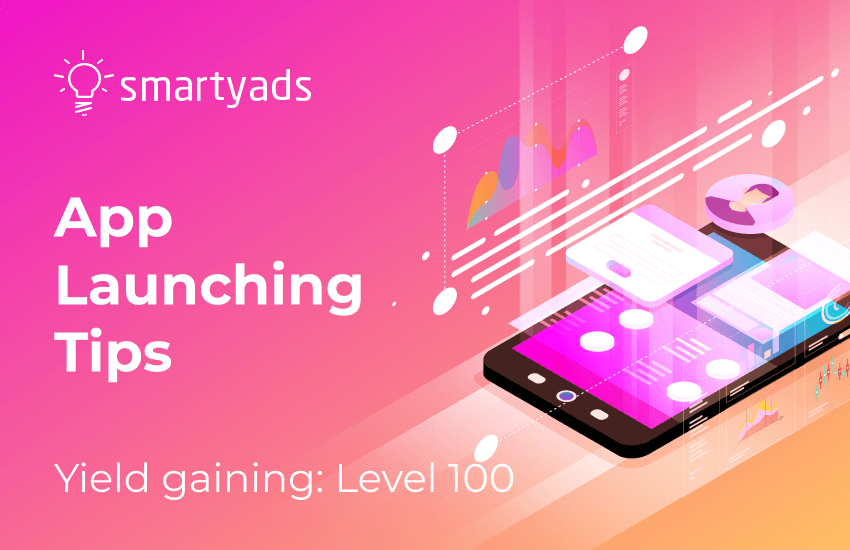Contextual advertising involves various factors to determine which content is most relevant to users when placing an ad. It targets potential customers. Such advertising is repelled by context: web page content, location, or weather.
Today's ad platforms use machine learning to apply data science to targeting and use these pieces of information to show the relevant ads to the right users.
For example, if a user reads an article about the latest model of iPhone, they might see ads for headphones, cases, and other accessories for a similar purchase on the web page.
Recently, many advertisers have been actively practicing behavioral targeting, meaning they use data from potential customers about their habits. This data includes views of certain sites, purchases, and online shopping cart data.
But growing privacy concerns have forced advertisers to look for alternatives. That's what gave birth to the behavioral vs. contextual targeting dilemma.
Advertisers are increasingly trying to get rid of the influence of cookies or behavioral signals to display relevant ads, as statistics show that hyper-targeting scares users rather than attracts them.

Using contextual targeting, brands can create messages that resonate with audiences. Companies are beginning to change their approach to advertising, and the contextual advertising market is predicted to exceed $376 billion by 2027.

How does contextual advertising work?
Gathers useful data
Contextual targeting provides advertisers with useful data about the type of content a user might be interested in. By doing so, advertisers can target them with ads that attract the user with relevant content and messages.
Focuses not on the past but on the present
While behavioral targeting focuses primarily on a user's past online behavior, contextual targeting focuses on what the user is interested in right now. Advertisers can take advantage of this by providing relevant and timely advertising.
Ensures high user privacy
Privacy rules are a hot topic in the digital marketing world. Rules are constantly changing, Google is threatening to pull the plug on cookie support, and advertisers realize that they can no longer collect data how they used to. This forces them to look for alternative ways to collect the data they need for targeting.
Therefore, contextual advertising is great for companies ready to accept the new rules of the game and start fighting for the attention of potential customers without using cookies.
What tools does contextual ad use?
Contextual advertising uses artificial intelligence and deep learning algorithms to analyze content. Contextual targeting tools analyze text, speech, images, and geolocation in real time. Predictive advertising tools analyze all of this data and the content the user is viewing. The system must then determine whether the user will take a specific action, such as clicking on your ad.
The in-depth analysis provided by AI is similar to how a human brain would decide where to place an ad manually, which helps ensure that placing your contextual ad is relevant, timely, and interesting to the user. A system like this creates a more personalized user experience, allowing brands to gain more loyalty from potential and existing customers.
To begin with, each contextual ad needs a unique landing page to provide a central place to increase conversions.
The golden rule of marketing is that each sales pitch should have a separate web page. If from the ad you will lead people to the main page of your site, they are likely to simply get confused, understand nothing and leave your site without making the desired purchase.
Contextual advertising in a cookie-free world
Contextual advertising is again gaining popularity because of the impact of privacy laws such as GDPR and Google's announcements about rejecting third-party cookies and Apple's increasingly strict customer data protection policy. This means that advertisers will no longer be able to track users across multiple sites for their targeting.
When you consider this desire for privacy in digital marketing, contextual targeting is becoming the preferred option for advertisers.
Contextual advertising provides privacy, but advertisers can still collect compelling consumer data without using cookies. It can also help advertisers create a more personalized user experience without being too intrusive.
What's the difference between contextual and behavioral targeting?
With these two types of advertising, you don't have a pressing need to choose one. For now, it's possible to use both. It probably won't go away anytime soon, but behavioral ads are slowly losing their appeal.
Perhaps in the near future, we will have an alternative to cookies to take behavioral advertising to the next level.
However, so far, there is no such alternative. And the main difference between contextual and behavioral targeting is that contextual advertising focuses on the content a user is currently viewing. In contrast, behavioral advertising uses data about a user's past behavior and purchases.
Remember those weird ads for dish sales after you've already bought everything? That's what behavioral targeting brings you.

The benefits of contextual advertising
Contextual ads have a number of benefits that are hard not to be interested in in the current market realities. Let's take a look at some of them.
High user privacy
It's no secret that consumers are increasingly wary of disclosing personal information. For example, a recent survey from Startpage found that 72% of Americans are "very concerned" or "extremely concerned" about online privacy.
Contextual advertising does not require cookies; it serves relevant ads. It can also help you spend your budget more effectively by contextual targeting the right people.
Contextual advertising is easier to implement
One of the disadvantages of behavioral targeting is that it already requires a huge amount of data at the start. Such data requires the right tools and technology to collect it and a team to analyze it.
On the other hand, contextual advertising focuses on predictions that AI makes based on the content a user views, which means there is little or no initial data needed to serve contextual ads.
Adding context leads to more relevant content
Even small efforts at personalization can bear good fruit. Relevancy is becoming increasingly important to consumers, and users today believe it's important that brands make relevant, personalized offers to them.
Under these conditions, your advertising strategy should take into account users' ever-changing tastes and needs and preferably do so in real-time, as contextual advertising proposes.
Unfortunately, many brands still neglect to create a personalized experience for each customer, or that experience does not feel personalized enough. But contextual targeting is a good way to offer your customers this experience without violating their online privacy boundaries.
Contextual advertising can be more accurate than behavioral advertising
Some users' past behavior does not mean they will behave the same way in the present. People's habits can change just as much as their lifestyles, given the unstable global environment, the Covid-19 pandemic, economic crises, and military conflicts.
Some people may even be traumatized by behavioral advertising, which is the last thing every brand would want for its potential customers.
On the other hand, contextual advertising is more focused on current events and current user interests.
For example, if heavy rains are expected in a particular region, contextual advertising might show residents of that region umbrellas, raincoats, tarps, and anything else that might come in handy in such weather.
AI has taken contextual advertising to the next level
Not long ago, contextual targeting was based only on keyword targeting, on which the user could be shown a certain type of advertising.
However, with the development of artificial intelligence, the analytical processes in contextual advertisements have also become more complex. AI is now largely replacing humans, virtually eliminating the manual work associated with audience segmentation.
Also, displays have become more accurate as many more factors are considered (web pages or site content, geolocation, weather conditions, etc.).
Weather contextual targeting drives sales
Very often, marketers overlook the weather factor when calculating their advertising strategies. However, it's a great tool to incentivize them. For example, a city cafe may advertise lemonades and cold drinks in hot weather and hot drinks in rainy and windy weather.
But do not forget that different regions have different attitudes to temperature changes. In the south, people are much more tolerant of heat than in the north, and vice versa, so users will make purchasing decisions according to this factor, too.
Types of contextual advertising
Native contextual advertising
Native advertising adjusts to the appearance of the web pages on which it is published. This type of advertising is considered to be less intrusive and does not irritate the user because it does not distract them from the main content but, at the same time, offers promotional products.
Conversational contextual advertising
This type of advertising seems to communicate with the user. The advertising window can ask the user something or offer to do something. Sometimes these are conversational bots that allow the user to respond immediately to the advertising offer.
Dialog marketing can be used to provide more personalized recommendations to customers. Using such a sophisticated solution, you can help customers find what they need while providing more relevant messages.
Banner contextual advertising
This is probably the best-known type of digital advertising at the moment. It is a banner placed almost anywhere on the page (usually on the edges of the web page). When users enter the site, these banners are shown to them and can replace each other when the display time expires.
It looks like this:

In-game contextual advertising
This type of advertising has become particularly popular in the past few years. In-game advertising allows game developers (especially on mobile devices) to monetize their products and provides a platform for advertisers to display ads. Today, such advertising can be targeted with contextual targeting, among other things.
In-video contextual advertising
This is probably the second most popular type of advertising in the digital space. There are different types of video ads; sometimes, it overlaps with banner ads, and sometimes with in-game and native ads.
However, the main component of such advertising remains, of course, video. And, of course, such advertising can be targeted with context.
Basically, almost all types of digital advertising that exist today can be targeted to potential customers with contextual targeting. And that's one of its main advantages - you can continue to use it with the advertising formats you're used to.
It looks like this:

Contextual advertising solutions
Google AdSense
One of the most famous examples of contextual advertising is Google AdSense. Google display network robots automatically serve contextually relevant ads to your users. For example, if you run a movie review blog, AdSense may show contextual ads encouraging users to buy movie tickets or sign up for movie streaming services.
SmartyAds
To run contextual ads on our platform, you need to register on the DSP platform, choose the type of ads you want to use in your campaign, upload your creatives, set your audience preferences and... that's it.
In general, SmartyAds DSP works similarly to Google AdSense, but the ad space is not limited to one company's products. You will be able to access the right partners in our platform from the supply side (i.e., the SSP platform) to place your ads.
All partners are rigorously reviewed and are required to meet the quality standards set by the platform. In addition, you can put unwanted resources or content types on blacklists to avoid disturbing brand safety.
To sum it up
Contextual advertising is an important tool in the arsenal of any marketer. Surely some experts believe that such advertising is outdated, but the days when such advertising was completely dependent on human factors and the possibility of selecting keywords by a specialist are over.
Targeted advertising with context has stepped to a new level and is a significant helper in the hands of good marketers.
Launch targeted programmatic advertising with SmartyAds and develop your brand even more effectively!




![In-App Advertising: the Complete Guide [Updated 2025]](/storage/uploads/2020/september/in-app-advertising-trends.png)
